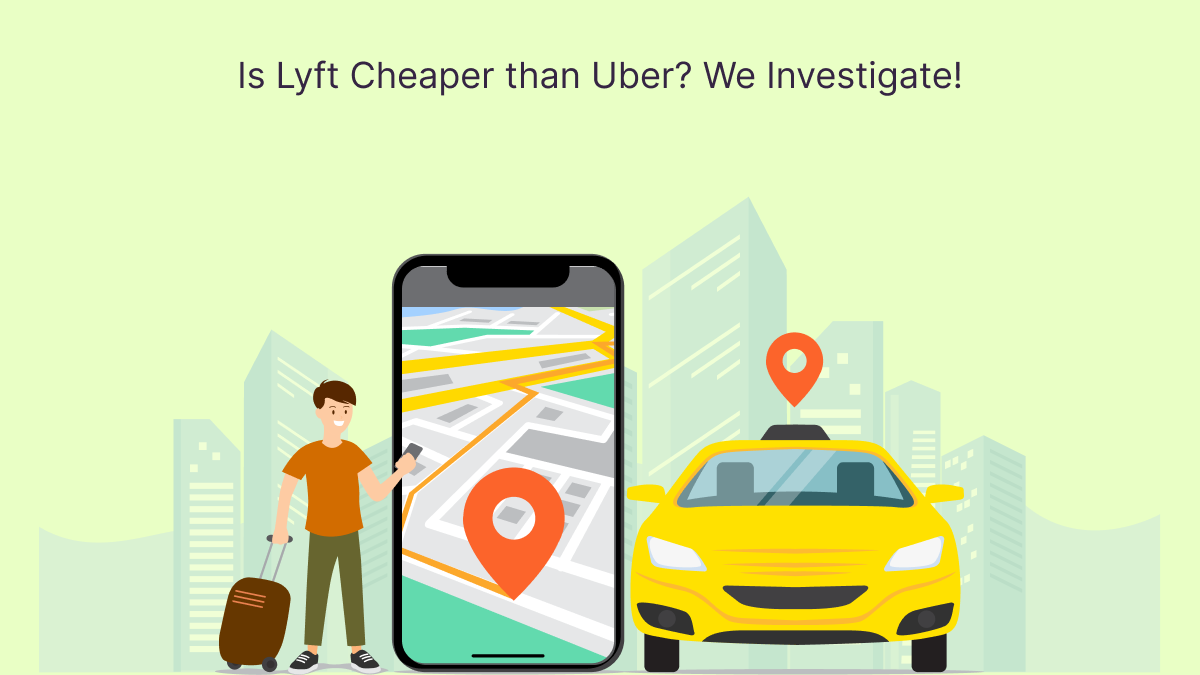When it comes to ridesharing, the two giants Lyft and Uber frequently compete not only in popularity but also in price. Both services aim to offer affordable and convenient rides, but determining which one is cheaper can be challenging. The answer often depends on factors such as location, demand, time of day, and the type of service requested. In this article, we’ll investigate the pricing structures of both Lyft and Uber clone to see if one stands out as more affordable.
Comparing Pricing Structures
Lyft and Uber follow similar pricing models, using a base fare, per-minute, and per-mile rates, but they vary depending on your city and market conditions. Each ride also includes other costs like booking fees and potential toll charges. While both companies adjust their pricing dynamically, Lyft’s prices tend to be a little more predictable in some cases.
Uber’s pricing can be somewhat more variable due to its “surge pricing” model. During peak times, events, or high-demand periods, Uber’s fares can increase sharply, sometimes even doubling or tripling the base rate. Lyft also has a comparable model called “Prime Time,” where prices increase in response to demand, but riders often report that Lyft’s rate hikes during these times are less steep.
Ultimately, comparing prices between Lyft and Uber for a specific trip is often the best approach. Prices are not consistent across the board and can fluctuate based on local demand and specific routes. On average, however, users may find Lyft slightly more affordable during peak times because of its less aggressive surge pricing.
Availability of Budget Options
Both Lyft and Uber offer a variety of ride options that cater to different budgets. Uber’s offerings include the affordable UberX for solo riders or small groups, as well as premium services like Uber Black for those seeking a luxury experience. UberPOOL, a shared ride option, allows passengers to split fares with others headed in the same direction, offering additional savings when available.
Similarly, Lyft offers standard rides with Lyft Basic and carpooling options like Lyft Shared (where available). Lyft also provides luxury options like Lyft Lux for riders seeking a more comfortable journey. The shared ride options in both apps are generally the most affordable, but these may be limited or unavailable in certain regions due to local restrictions or varying demand.
When considering Lyft vs. Uber for budget-friendly rides, Lyft Shared tends to be slightly cheaper in areas where shared rides are available. However, in places where shared rides are no longer offered, such as in certain cities post-pandemic, comparing rates between UberX and Lyft Basic will give you the best sense of the relative costs.
Promotions and Rewards Programs
Lyft and Uber often offer promotions for new riders and, occasionally, discounts for existing users. Lyft is known to provide more generous first-time user discounts, while Uber often encourages its referral program, allowing riders to invite friends to earn ride credits.
Both companies also have loyalty rewards programs. Uber Rewards allows users to earn points with every dollar spent on both rides and Uber Eats, which can then be redeemed for discounts on future rides, priority support, and other benefits. Similarly, Lyft Rewards allows riders to accumulate points that can be redeemed for ride credits and upgrades. Frequent riders who participate in these programs may see additional savings over time, especially if they strategically apply discounts or accumulate enough points for benefits.
Additional Factors That Impact Pricing
While base fares and ride options are important, several other factors impact the cost of a ride. Both companies adjust their rates for high-demand periods, holidays, and peak hours. This demand-based pricing affects how much you pay, especially during holidays or events.
Both Lyft vs Uber also take driver earnings into account, adjusting fares based on driver availability. If there is a driver shortage, prices might be higher due to demand outweighing the supply of drivers. This situation impacts both platforms similarly, but the degree of price increase can still differ.
Another factor is local fees and regulations. In some cities, extra fees, taxes, or local surcharges may be applied to ridesharing services. These fees vary between cities and may make either Lyft or Uber slightly more expensive, depending on which platform incurs higher local costs.
Conclusion
When it comes to determining whether Lyft is cheaper than Uber, the answer often depends on specific circumstances. Lyft generally appears slightly more affordable in situations with high demand, as it tends to have lower surge rates. However, Uber may offer better promotions in certain regions, and its rewards program extends to other services like Uber Eats, which might add value for frequent users.
In most cases, it’s a good idea to check both apps before booking to compare rates for your ride. The differences in pricing can sometimes be significant, especially during peak hours or special events. If you’re looking to create a customized, feature-rich app that emulates the success of rideshare giants like Lyft and Uber, working with an on-demand app development company can be an ideal choice. An experienced team can help you build a robust and user-friendly platform that incorporates cost-effective solutions for users and fulfills market demands efficiently, setting you up for success in the competitive ridesharing space.



